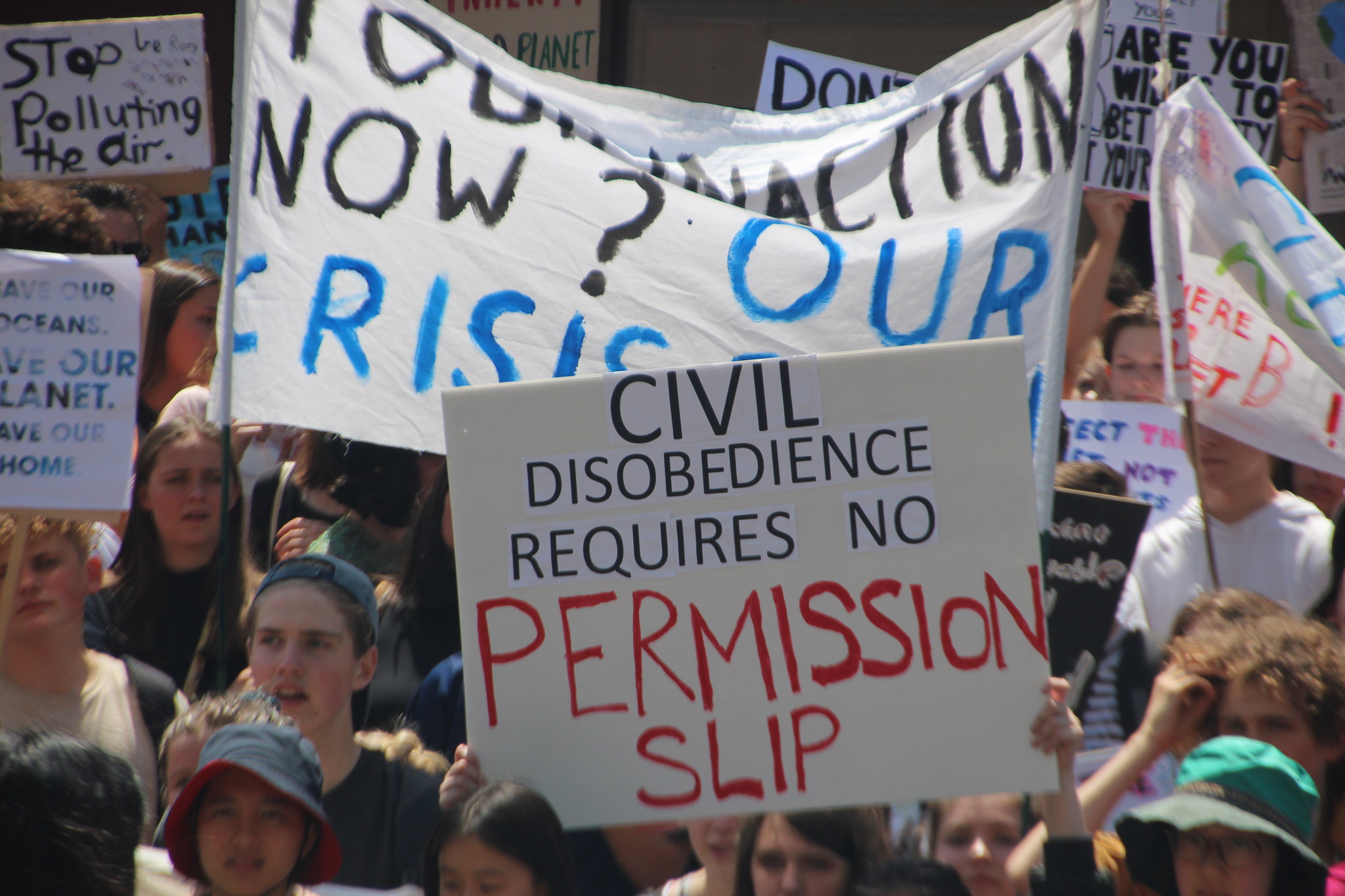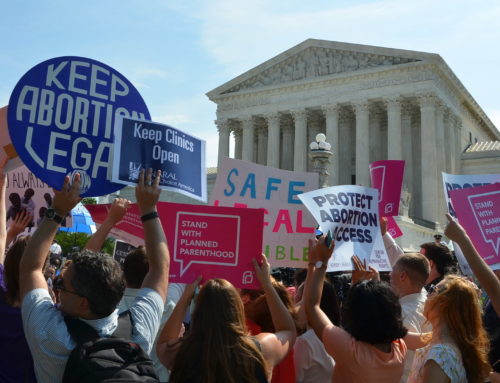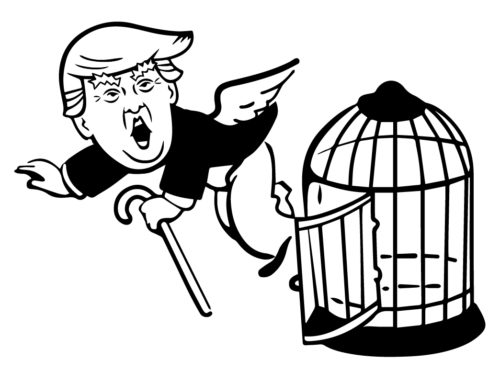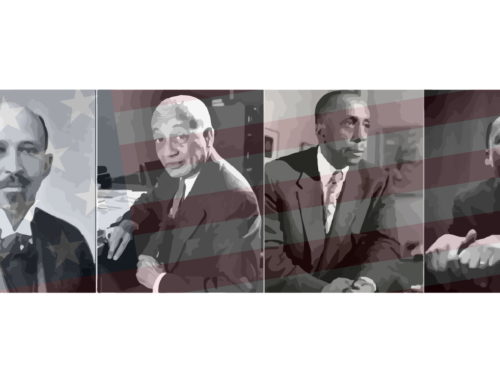Restoring the Balance of Powers during the Trump Presidency
By: David Antonini
Nearly three years into the Trump presidency, we should all be outraged by (among other things) his violation of constitutional and democratic norms. This is especially true in relation to the separation of powers. The separation of powers, it might be argued, is perhaps the single most important constitutional check on abuses of power by any single branch of the government. And while Trump’s seeming disregard for this constitutional mechanism has in one respect been a saving grace during his presidency—having invited the judiciary to over-rule several of his most controversial moves—the prospect of a president undermining this constitutional check should give us all pause.
Hannah Arendt’s enthusiasm for the separation of powers is no secret. She writes glowingly of this aspect of the American constitutional system in both On Revolution and her essay “Civil Disobedience.” However, an Arendtian perspective requires both appreciation and critique of the concept.
The way we think and talk about the separation of powers seems to imply that it is descriptive of only those within government—judges, elected officials, or the president. In other words, it is only these individuals who can check each other and that as citizens, our recourse or hope is that those within government share our concerns and will effectively check those who seek to abuse their power.
Short of voting for better elected officials who can go to Washington and help carry out this checking function, what are we to do? Indeed, the most recent mid-term election demonstrates how deeply ingrained this kind of thinking is—we voted for elected officials who could serve as a check on the president.
More in line with an Arendtian concept of power, we might argue that a more effective way to think about restoring the proper balance of power within the government is civil disobedience. Indeed, Arendt herself, in the “Civil Disobedience” essay, thought such action was needed and would have been effective when the Supreme Court refused to take up the question of the legality of the Vietnam War. In other words, horizontal citizen power was needed because the power of the government was failing to be responsive to its legitimating source—the citizens.
Arendt sees the refusal to take up the case regarding the legality of the war as a failure of the proper role of checks and balances. In this instance, the efficacy of civil disobedience is brought into sharp focus because it can be conceived as an attempt to restore the proper balance of power between the branches of government. Such a restoration of the powers through an act of disobedience would be a response to a situation in which “the government is about to change and has embarked upon and persists in modes of action whose legality and constitutionality are open to grave doubt.”[1] The refusal to take up the case, according to Arendt, is actually a primary instance of a violation of the horizontal, Constitutional promise between citizens.
By looking to Arendt, we can push our political institutions—and our own imagination—further, towards a better response to the never-ending crises of the current administration. The urgency of the present moment calls for something more than conventional political ideas. Rethinking the power in the separation of powers is one step in that direction.
[1] “Civil Disobedience,” 74.
David Antonini received his PhD from Southern Illinois University Carbondale in 2018. His dissertation is about Hannah Arendt’s political thought, specifically her concept of the public space. He is currently a lecturer in philosophy at Clemson University in the department of Philosophy and Religious Studies. https://siuc.academia.edu/DavidAntonini
Image: Civil Disobedience requires no permission slip – #climatestrike Melbourne, by Takver. Via Flickr. (CC BY-SA 2.0)










Bravo !!